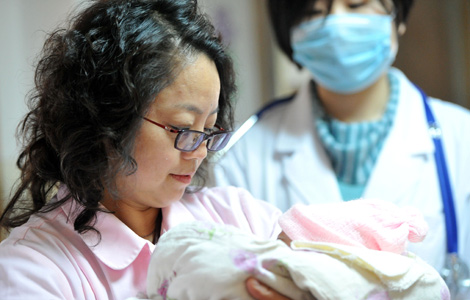
|
 Artist's impression of the Ethiopia-China Light Manufacturing Special Economic Zone. [Photo / Provided to China Daily]
|
Huajian's African plan is in line with the growing trend of Chinese companies shifting manufacturing overseas, said former vice-president of the World Bank Justin Yifu Lin at a footwear seminar held in Dongguan in November.
"The relocation not only reinvigorates the industry but also lifts the parent companies in the Chinese mainland to both ends of the smiling curve, with one end being sales and the other being design, brand and quality management," Lin said.
According to Lin, since the relocation process involves the retention of some manufacturing processes on the mainland, it will help Chinese companies move up the value chain and focus on high technology.
"Africa has about 1 billion people and a very young labor force. It's just like China in the 1980s. There is substantial room (in Africa) to accommodate China's labor-intensive manufacturing," Lin said at the 17th China International Fair for Investment and Trade held in Xiamen, Fujian province, in September.
In contrast, the population of South Asian countries is relatively small and wages will go up soon, Lin says. Although there have been suggestions that Chinese factories in the coastal regions should move to the interior rather than overseas, Lin says it is not feasible because the country's central and western regions are expensive.
Huajian, founded in 1996 by Zhang Huarong, the current chairman, started operations as a footwear factory in Jiangxi province. The group has 40 shoemaking lines and employs more than 20,000 people, including 1,000 in research and development.
Its footwear business encompasses facilities in Dongguan and Ganzhou. It covers a wide range of sectors from leather making, materials, shoemaking, equipment assembling and logistics.
The transformation of the group started in 2002, when it invested in new facilities in Ganzhou, Wei says. In 2011, it started to develop a 160,000-square-meter area in Dongguan to turn it into a public service platform for the footwear industry, facilitating research and development, trading, procurement, logistics and brand-building.
With total investment of 2 billion yuan, the project, called World Footwear Headquarters Base, will be able to house 5,000 businesses and generate total turnover of 60 billion yuan a year. It is listed as one of the key projects in the industrial upgrading in Guangdong province. The group also started a vocational school in Ganzhou in 2010 to train people for the footwear industry. It launched its own footwear brand called Craveeor in 2007 and on average invests around 3 percent of its turnover in R&D.
To cope with the rising costs, the group has been reforming human resources management, improving training and cost management along the complete production chain, Wei says.








